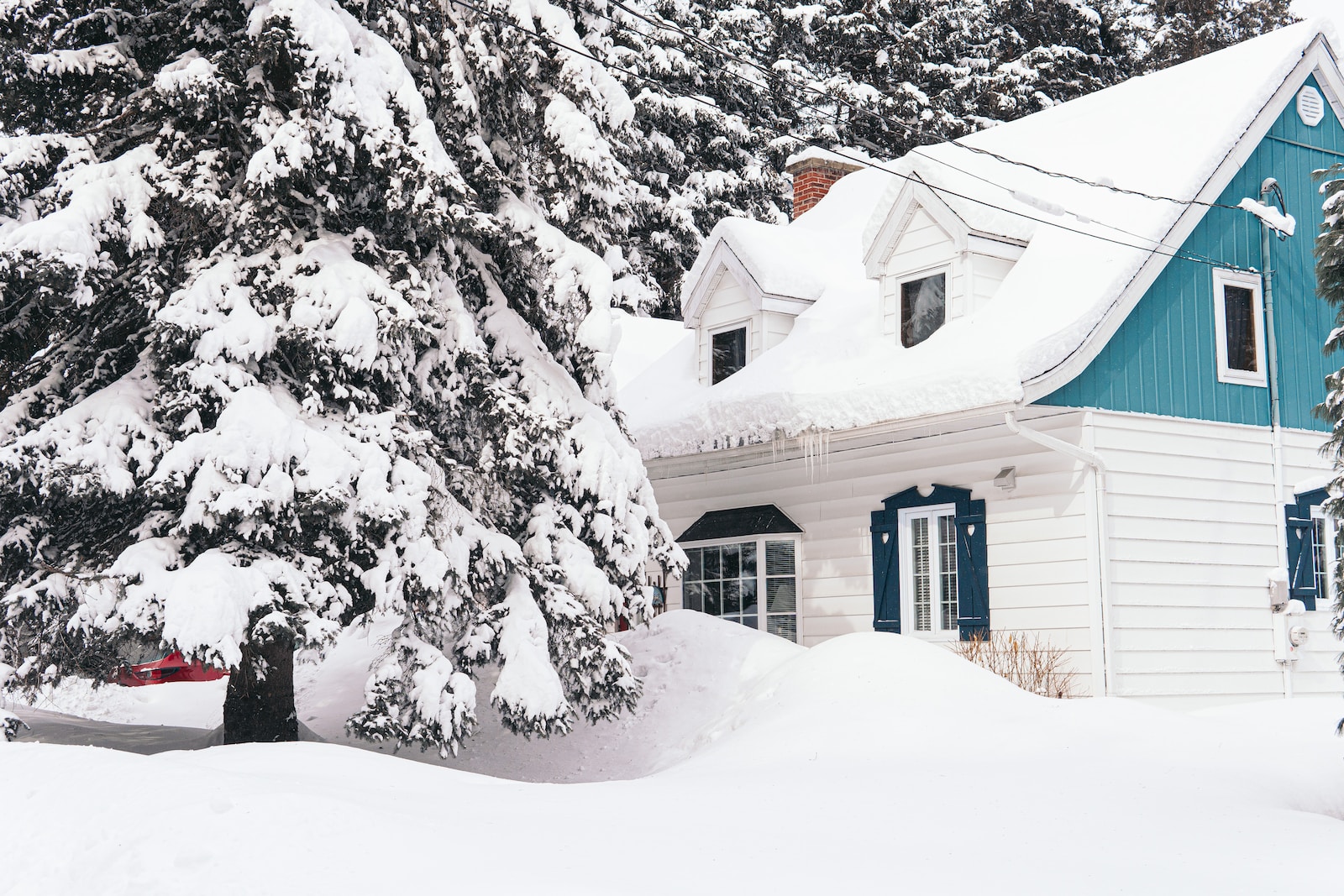
Winterizing Your Home: How Insurance Can Help You Prepare
As winter approaches, homeowners are busy preparing their homes for the colder months. From sealing drafts to insulating pipes, there’s much to consider when winterizing your home. One aspect that is often overlooked but is crucial in safeguarding your property is insurance.
How to Prepare Your Home for Winter
Use the following times to make sure your homeowners insurance is ready for winter risks:
- Understand your coverage. Before winter sets in, take the time to review your homeowner’s insurance policy. Understanding the extent of your coverage is crucial in identifying potential gaps or areas where you may need additional protection. Make sure your policy adequately covers risks associated with winter weather, such as damage from snow, ice or freezing temperatures.
- Protect your home from winter hazards. Winter brings a host of potential hazards, including frozen pipes, ice dams and heavy snow loads on roofs. Insurance policies may offer coverage for unexpected damage caused by such winter-related issues, provided it wasn’t due to negligence. Discuss your coverage with your insurance agent to ensure you are adequately protected against the specific risks that winter may bring. They can also explain any exceptions that may apply.
- Prevent and mitigate risks. Insurance is not just about financial protection after an incident; it also plays a role in risk prevention and mitigation. Some insurance providers offer resources and guidance on minimizing winter-related risks. This may include tips on preventing frozen pipes, protecting your roof from ice dams and other proactive measures to safeguard your home.
- Review your policy for emergency assistance and rapid response coverage. Winter storms can bring unexpected challenges, such as power outages, fallen trees or burst pipes. Having insurance coverage can be a lifeline in these situations. Some policies may include emergency assistance or rapid response services that can help you address immediate threats to your home and prevent further damage.
- Make sure you have loss of use coverage. If your home becomes uninhabitable due to winter-related damage, insurance policies may include coverage for alternative living arrangements. This can provide you with financial assistance to cover temporary housing costs, ensuring that you and your family have a safe and warm place to stay while repairs are underway.
- Winterize your insurance. Review your homeowners insurance policy to ensure it reflects the current state of your home and its vulnerability to winter weather. Discuss any necessary adjustments or additions with your insurance agent, such as increasing coverage limits, adding endorsements for specific winter-related risks or exploring options for supplemental coverage.
- Document pre-winter conditions. Proper documentation is key when it comes to insurance claims. Before winter arrives, document the current condition of your home, including photographs and a detailed inventory of valuable possessions. This can expedite the claims process if you experience winter-related damage and need to file a claim.
Do I Need More Homeowners Insurance Coverage for Winter?
Winterizing your home goes beyond just sealing windows and insulating pipes—it involves preparing for potential risks and ensuring that your insurance coverage aligns with the challenges that winter may bring. By understanding your policy, addressing potential gaps, and taking advantage of available resources, you can proactively protect your home and family from the unpredictable nature of winter weather. Contact Mann & Gray Insurance Associates for more information.
This blog is intended for informational and educational use only. It is not exhaustive and should not be construed as legal advice. Please contact your insurance professional for further information.
Categories: Blog
